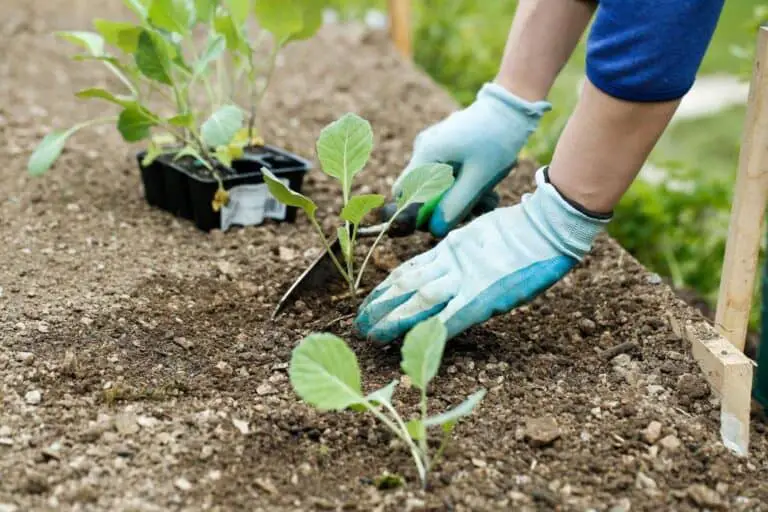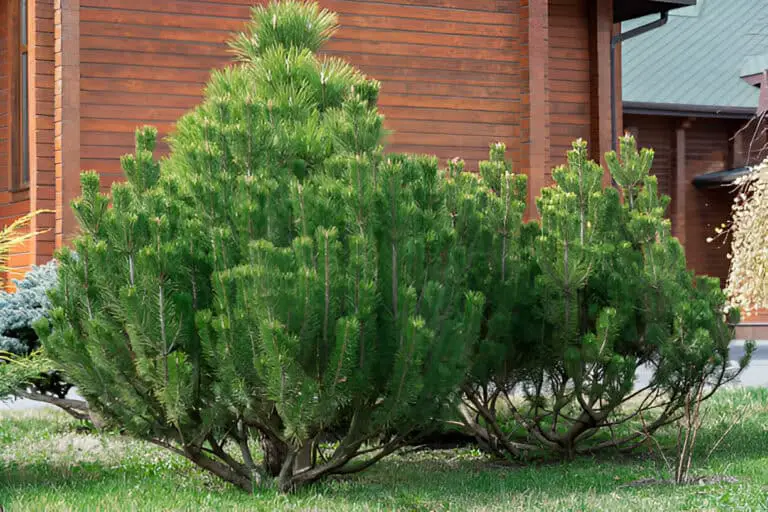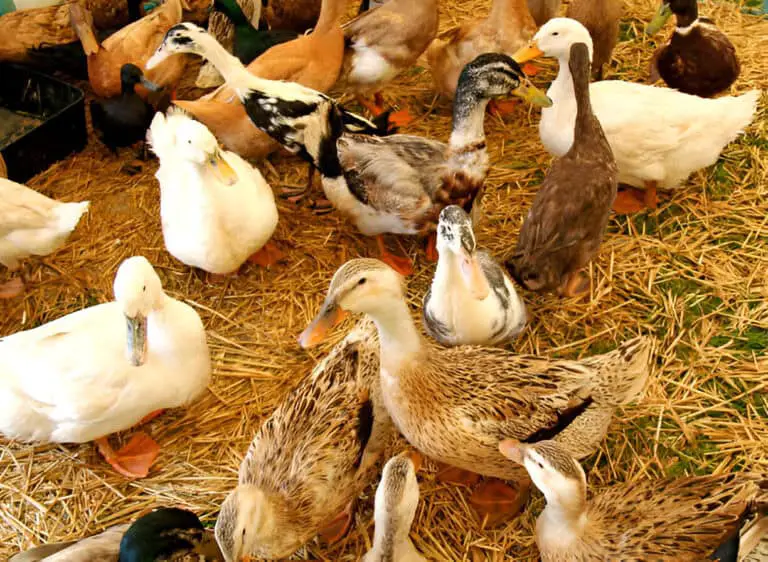How to Make Your Cactus Grow Faster: Expert Advice for Rapid Growth
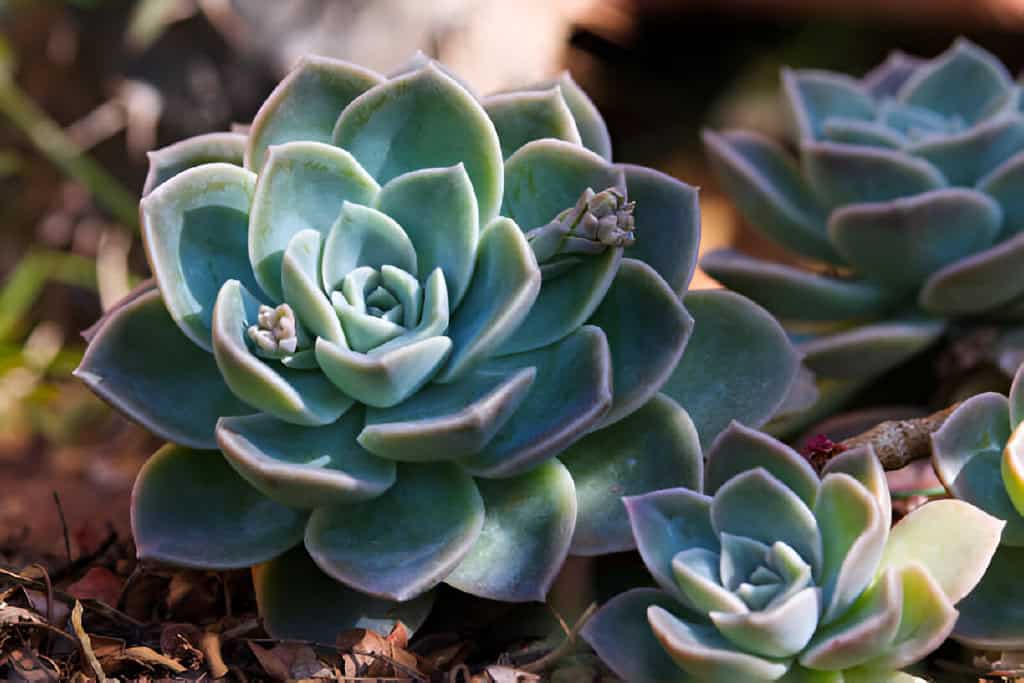
As we all know, most succulents are very slow growers, but cacti may just be the slowest! In fact, some species of cactus can take up to ten years to grow an inch (read up on how to care for small cactus)!
So, if you’re at home and are wondering why your cacti won’t grow – don’t panic, as slow growth is completely normal. This article aims to discuss the reasons why the desert plant grows slowly and teaches you how to make cactus grow faster.
Before you discover how to make cactus grow faster, you should understand why cactus grow slowly and, in fact, how fast they do actually grow.
How Fast Do Cactus Grow?
This is very generic, as there are lots of species of cacti and each will grow at a different pace. However, each will have similar growth stages.
When your cacti are in their early stages of growth, it can take 2-3 years to sprout only a couple of cm. But once it’s more established, then you can expect to see your cactus grow 1-3 cm each year.
Often it can take the cactus plant 10-15 years to reach maximum growth, sometimes longer.
Let’s look into the growth stages of a cactus plant, so you can better understand how fast cactus grow. Not what you’re after? Then take a look at our latest blog on how often cactus bloom.
Germination
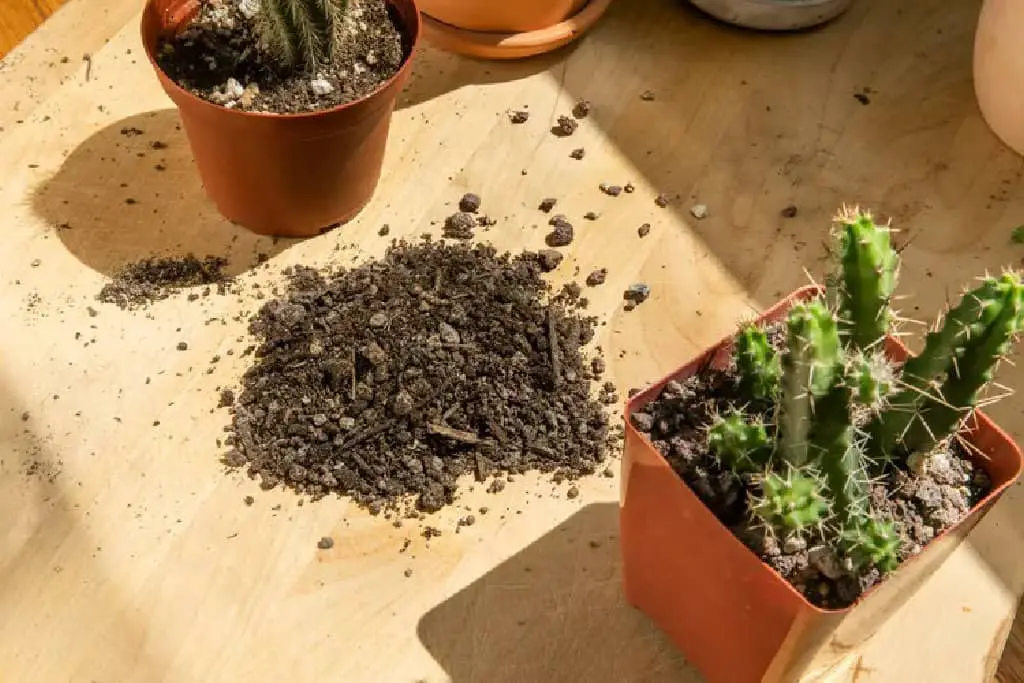
Once you have planted your baby cacti seed into the soil, it can take weeks or even months for you to notice any type of growth. You may notice some spines begin to sprout, but not all cacti will have spines.
The germination process requires patience, and if you haven’t noticed any rapid changes in the first month, then you just have to keep waiting! I promise it will happen at some point, and at this stage there is nothing you can do to make your cactus grow faster.
Seedling Stage
Next comes the seedling stage. This is very exciting, as it’s the first time you will see any noticeable developments. From here, your cactus will grow only a few cm in the first couple of years. After this, it is normal for cactuses to grow 1-3 cm each year.
Why Do Cacti Grow So Slowly?
We will soon be discussing tips on how to make cactus grow faster but first, let’s discuss exactly WHY cacti grow slowly and get to grips with the science behind it.
Climate
For the cactus plant, growing slowly is a form of survival. Its natural habitat is the desert, where water and nutrients can be scarce. Not to mention the soil is very dry. For plants to carry out photosynthesis, they need water and nutrients. The fact that the desert cacti get so little of both means that it is near impossible for them to grow quickly.
Due to the limited resources available, the cactus’s prime focus is survival overgrowth. Instead of sprouting lots of new growth, they opt to conserve water so that they are able to survive through long periods of drought.
Lack of leaves
I’m sure you’ve noticed that cacti don’t have leaves. Some have what we call ‘spines’, yet leaves on a cactus are nonexistent. Typically, the water absorbed by a plant’s roots is evaporated through its leaves.
In fact, if cacti did have leaves and were evaporating the water instead of storing it, they would have a hard time surviving, let alone growing.
But because cacti don’t have leaves, it means they also don’t absorb the sun’s rays as well as other plants. And as we know, soaking up the sun’s rays is important for a plant to produce energy for photosynthesis.
Plants with larger leaves also have a higher level of chlorophyll. This chemical is what often gives plants their green coloring and is another vital element of achieving photosynthesis. Because cacti have spines instead of leaves, their chlorophyll level is lower, meaning their ability to soak up the sun and convert it into food is lower.
Often cactus will have a cotton-like substance around them to protect them from the harsh desert sun, which again makes it even more difficult to soak up the rays. It’s no wonder cactus is a slow grower!
Fewer Stomata
Stomata are small openings or pores in a plant’s tissue that allow for gas exchange (Carbon Dioxide intake). They are typically found in plant leaves but can also be found in stems. Another reason that cacti are slow growers is that they have fewer stomata than other plants.
Some of the water in a plant’s leaves evaporates as they open their stomata to take in carbon dioxide. If a cactus was to lose loads of water from their stomata, they could not live in the desert, so they have evolved to have fewer stomata than other plants.
They can’t consume as much carbon dioxide because they have fewer stomata, further restricting their ability to perform photosynthesis.
All the characteristics of a cactus that allow them to thrive in the desert are also reasons why they are slow growers. How annoying!
Now that you understand the reasons why cactus are slow growers, we will take you through our tips on how to make cactus grow faster.
How to Make Cactus Grow Faster
It’s time to get to the main point of our discussion: how to make cacti grow faster! If you’ve had your cacti for a while now and haven’t seen much in terms of growth, it’s understandable if you are feeling a little impatient! Although there is not an awful lot you can do to rush growth, there are some tips to help give your cactus a healthy boost.
Here are our tips on how to make cactus grow faster.
1. Get the Best Soil for Cactus
You want to be using well-draining soil that is also packed with good nutrients for your cactus. Use a potting soil that is a blend of porous inorganic material (sand, gravel, grit, granite), mixed with a lesser amount of organic media (coco coir, peat moss). This ensures good drainage.
What is the best soil for cactus? I’ve tried many different cactus soils, but the ones I would recommend are:
Organic Succulent and Cactus Soil Mix, Fast Draining Pre-Mixed Coarse Blend, 4 Quarts – affordable and great quality, this is usually my go-to for cactus soil. The organic blend is optimized for a pH of 5.5, which is ideal for a cactus plant. The soil is also lightweight, fast draining, and contains 25% perlite.
Succulent & Cactus Soil Mix – Premium Pre-Mixed Fast Draining Blend—Finally, this cactus and succulent mix by Superfly Bonsai works well with most cactus types. This dirt-free, ready-to-use mix is composed of ¼ Hard Japanese Akadama, ¼ USA Pumice, ¼ New Zealand Pine Bark and ¼ Haydite. These ingredients make for a very fast-draining soil that your cactus will love!
Getting well-draining potting soil is essential in keeping your cactus healthy, boosting growth, and avoiding pest infestations.
2. Give Your Cactus Efficient Sunlight
It is important to remember that the cactus originated from the desert, so it is vital you are giving it lots of sunlight. You should be finding the brightest spot in your home (usually this is a south-facing window) and keeping your plant there to soak up the rays.
Make sure you rotate your cactus every week so the whole plant can get some sunlight and also to avoid sunburn! (Yes, most types of succulents and cacti can get sunburnt, and this will lead to your cactus turning white).
If you live somewhere that doesn’t receive a lot of natural daylight, then you will want to invest in a high-quality grow light. Grow lights are a fantastic way of keeping your cactus plants healthy all year round and will promote growth.
VIVOSUN 6500K 4FT T5 HO Fluorescent Grow Light Fixture for Indoor Plants – this grow light fixture is perfect for succulents. You’ll want to choose a grow light with either T5 or T8 bulbs for optimal performance.
If you are after a grow light for a smaller space or a single cactus plant, then purchasing a CFL light bulb will do the trick! These light bulbs are affordable and are perfect if you only have one or two cactus plants that need more sunlight.
Maintain a Correct Temperature
As cactuses are desert plants, they need warm weather to thrive. Ideally, you will want a temperature anywhere between 45°F and 85°F.
Fertilize Appropriately
Although cactuses don’t require feeding often, when they do, you’ll want to make sure you are using a high-quality fertilizer. I recommend using Schultz Cactus Plus 2-7-7 liquid Plant Food. For only $7 it’s incredibly cheap and is a fantastic product. It’s water-soluble and easy to apply. Mix 7 drops with a gallon of water when your plant needs watering.
This fertilizer can be used on all succulents and cactus. Instructions say to use every time you water; however, I advise against this. Only use once at the beginning of the growing season. If you don’t see results after a few weeks, then use again, but do not consistently use as this could do more harm than good!
Water Properly
We know that cactuses don’t need watering often, but this doesn’t mean you should be negligent with your plant! It will still need some TLC. Underwatering will cause shriveling, so you need to be watering at the proper times. However, overwatering can stunt growth, and seeing as this article is all about how to grow your cactus faster, it is the last thing we want.
It’s about finding a happy medium when watering a cactus. Too much or too little watering may lead you to ask the question, ‘why has my cactus gone floppy?‘ – and nobody wants that!
During the spring and summer months, a cactus plant should be watered weekly. Ensure you are giving the potting soil a good soak and allow the extra water to drain away. Don’t let your plant sit in excess water, as this will rot the roots, and make sure you let the soil completely dry out before rewatering.
In the cooler seasons, autumn and winter, you’ll want to let your cactus rest. Water between 2 weeks and a month, depending on the environment you’re in.
| Also read: Can You Save Overwatered Christmas Cactus? |
What’s the Fastest-Growing Cactus?
Echinopsis terscheckii or commonly known as cardon grande cactus is one of the fastest-growing cacti. This fast-growing, attractive, columnar cactus is one of the largest of the Echinopsis species and reaches heights of twenty-five feet or more.
Mature plants can grow branches or side arms with eight to fourteen deep ribs with yellow spines that are ten inches in diameter. It generates showy, white, nocturnal blossoms in late spring that are eight inches long with dark red to green outer segments.
The cardon grande cactus is native to Argentina and is one of the fastest-growing cacti.
How to Make Cactus Grow Faster Recap
We hope that you have enjoyed reading this article and that you now have some ideas on how to make cacti grow faster. These tips and pointers will keep your plant healthy and happy, which in turn will encourage growth.
It’s important to remember that cactuses are naturally slow growers due to their desert environment, lack of leaves, and fewer stomata, so you shouldn’t be worried if you haven’t noticed much growth over the years.
But if you are looking to push for growth, then to quickly recap, our top tips on how to make cactus grow faster are:
- Get the best soil for cactus.
- Give your cactus efficient sunlight.
- Maintain a correct temperature
- Fertilize appropriately
- Water properly
If you stick to these tips, then your cactus will be very healthy, which will encourage growth.


